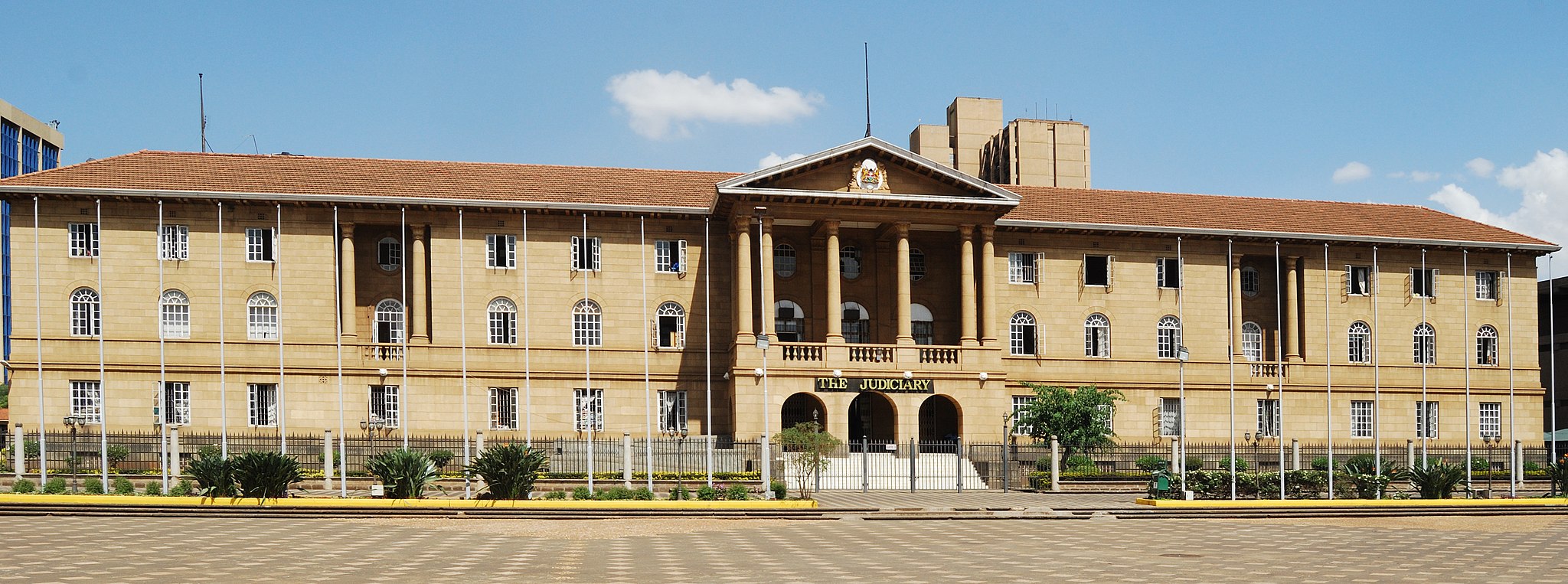“No Raila, No Peace”: Kenya’s Growing Political Crisis
 Kenya's Supreme Court. http://bit.ly/2iovEGR
Kenya's Supreme Court. http://bit.ly/2iovEGR

“Kenyans want us to succeed,” Uhuru Kenyatta, Kenya’s recently re-elected incumbent president, said to reporters following his win in August. The election, which boasted extraordinarily high voter turnout (around 78% of eligible voters cast a vote), was meant to cement Kenyatta’s rule and give him a second presidential term in office. According to the election results, Kenyatta won fifty four percent of the vote, a respectable majority. Kenyatta’s supporters gathered in downtown Nairobi, cheering when they heard the news of his victory.
However, the excitement of Kenyatta’s supporters was not universally shared throughout Kenya, especially in opposition strongholds. The National Super Alliance (NASA), the official opposition to Kenyatta’s Jubilee Coalition, refused to accept the results of the election, calling them a “charade” and a “disaster”. They called for a rerun of the election, this time following all of the principles of free and fair elections. Kenyatta, of course, defended his victory as legitimate, and the question was put to Kenya’s Supreme Court.
The court sided with the NASA. They annulled the election, citing “irregularities and illegalities” that made them doubt the validity of the result. They set the rerun of the election for October and told Kenyatta and the Jubilee Coalition to fix the issues that had thrown the first election into question.
Two months later, Kenyans were once again gearing up to vote in the presidential election, which, like the first election, was set to be a competition between Kenyatta and Raila Odinga, NASA member and former prime minister. Then, two weeks before the rerun was set to happen, Odinga dropped out of the race. He cited many reasons for doing so; he was concerned about what he called Kenyatta’s “creeping authoritarianism”, he believed that the NASA could better serve the Kenyan people by not running in this election. But most importantly, Odinga said he believed that the election would once again be unfair. The Jubilee Coalition, Odinga argued, had not fulfilled its obligations in creating a free and fair election. He would boycott it.
Meanwhile, the Kenyan Supreme Court once again found itself at the centre of the political thicket. A petition for the election to be postponed had found its way to the court, meaning that these seven justices once again had Kenya’s political future in their hands. On the day they were scheduled to hear the petition, only two justices reported for duty. Three of the other five came out with some sort of explanation; one was sick, one’s bodyguard had been shot, one could not find a flight back to Kenya. The other two simply refused to comment. Regardless of the reasons for their absence, the result was the same; with only two justices, the Supreme Court could not hear the petition, meaning that the election would continue as scheduled. With this decision, the result of the rerun was made clear: Kenyatta, the only candidate, would win by default.
Upon hearing this, the NASA was furious. Odinga refused to re-enter the race and took his protests a step further, calling upon his supporters to form a resistance and boycott goods associated with the Jubilee Coalition. He encouraged his supporters to stay home or protest on the day of the election.
It seems as though Odinga’s supporters heeded his words. Voter turnout was much lower this time around, though Odinga’s supporters probably cannot take sole credit. Outbreaks of political violence, electoral incompetence (some ballot boxes were never even distributed), and complacency among Kenyatta supporters, who knew Kenyatta would win by default, all likely contributed to the low turnout Thursday. Still, the anger of Odinga and his supporters was heard powerfully the day of the rerun as Odinga supporters clashed with the police, shouting slogans like “no Raila [Odinga], no peace!”
At this point, the two sides are becoming increasingly polarized. Protests have continued following the election. When asked whether he would engage with opposition leaders, Kenyatta avoided the question. Odinga is not doing anything to ease tensions either; in his reaction to the vote, he called Kenyatta a “megalomaniac” and accused him of destroying freedom and democracy. Though the relationship between the two men has reached an all-time low in the last few weeks, one would be mistaken to think that the hatred between them is at all new.
The first issue between Odinga and Kenyatta is that they belong to two ethnic groups with a history of conflict (the Luo and Kikuyu, respectively) exacerbated by the legacy of colonialism. During their time as colonizers, the British encouraged existing ethnic fears and hatreds, hoping to create a state in which different ethnic groups would be too preoccupied fighting each other to fight them. The strategy was used with great success by many of the European powers, most famously in Rwanda, where the German and Dutch played the Hutus and Tutsis off of each other to their own benefit. This strategy, though convenient for the Europeans, left behind regions with dangerous amounts of ethnic hatred that sometimes devolved into sectarian warfare.
However, despite their differing ethnicities, Kenyatta and Odinga actually have very similar backgrounds. Both come from deeply political families. Kenyatta’s father, Jomo, was Kenya’s first president; Odinga’s father, Jaramogi, its first vice president. The feud between the two families began when Jomo passed over Jaramogi as his political successor in favour of Daniel arap Moi, who became the second president. Jaramogi, incensed by this, became leader of the opposition.
The conflict between Odinga and Kenyatta, whether due to politics, family history, or ethnic distrust is, at this point, showing no signs of stopping. The two men have so far refused to sit down with each other to make some sort of agreement. As such, the political crisis in Kenya is likely to continue, at least for the foreseeable future.
Edited by Marissa Fortune.
